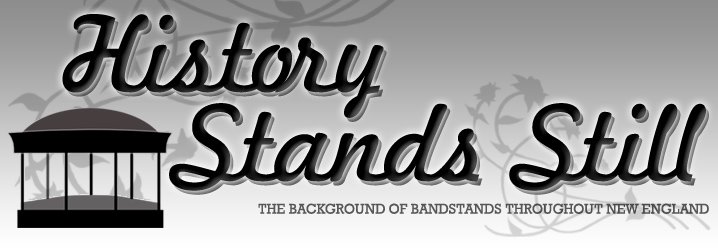ATHOL MA
Uptown Common Bandstand
Uptown Common
Phillips Park
Built - 1912



Athol or "Tool Town" is located on the Millers River near the Tully Mountains. The town was named after the Duke of Atholl, John Murray, a British nobleman during the 18th century. Athol is also noted as one of the stops to see on the famous Mohawk Trail especially during April when the town holds its annual River Rat Race.
Athol's bandstand is located in the center of the uptown business district in Phillips Park which is the eastern half of the common area bisected by Main Street. The park is named in memory of the heroes of Athol who made the supreme sacrifice in the World Wars, and in particular named after Edward H. Phillips of Athol, an Army officer killed in World War 1 action i France.
The Uptown Common was deeded to the town on February 10, 1772 by Seth Kendall and originally used as the site of the Third Meeting House from 1773 to 1827. In this very historic building, the citizens of the area passed all their votes of disloyalty to King George 111 of England and from its doors the young ment of Athol marched for Lexington, Bunker Hill, Bennington, Vermont, Saratoga New York and to Valley Force during the American Revolution.
The Uptown Common Bandstand dates from July, 1912 and was a project of the Highland Common Association and its President, Dr. James Oliver assisted by George H. Dodge. At the same time, through the efforts of Mary Sawyer Bradley, a very generous benefactor, long seats were placed around the common for public convenience, especially during the many band concerts.
The bandstand has undergone several renovations througout the many years of its existence, usually by local service clubs and other volunteers and the citizens of Athol and surrounding communities. All have always taken great pride in the structure and has maintained it well which is why it has stood for almost 100 years as of this writing.
INFORMATION SUPPLIED BY:
Dick Chaisson, Athol Town Historian

1 comment:
Many thanks to Mr. Chaisson for his many years of research on the history of Athol.
Post a Comment